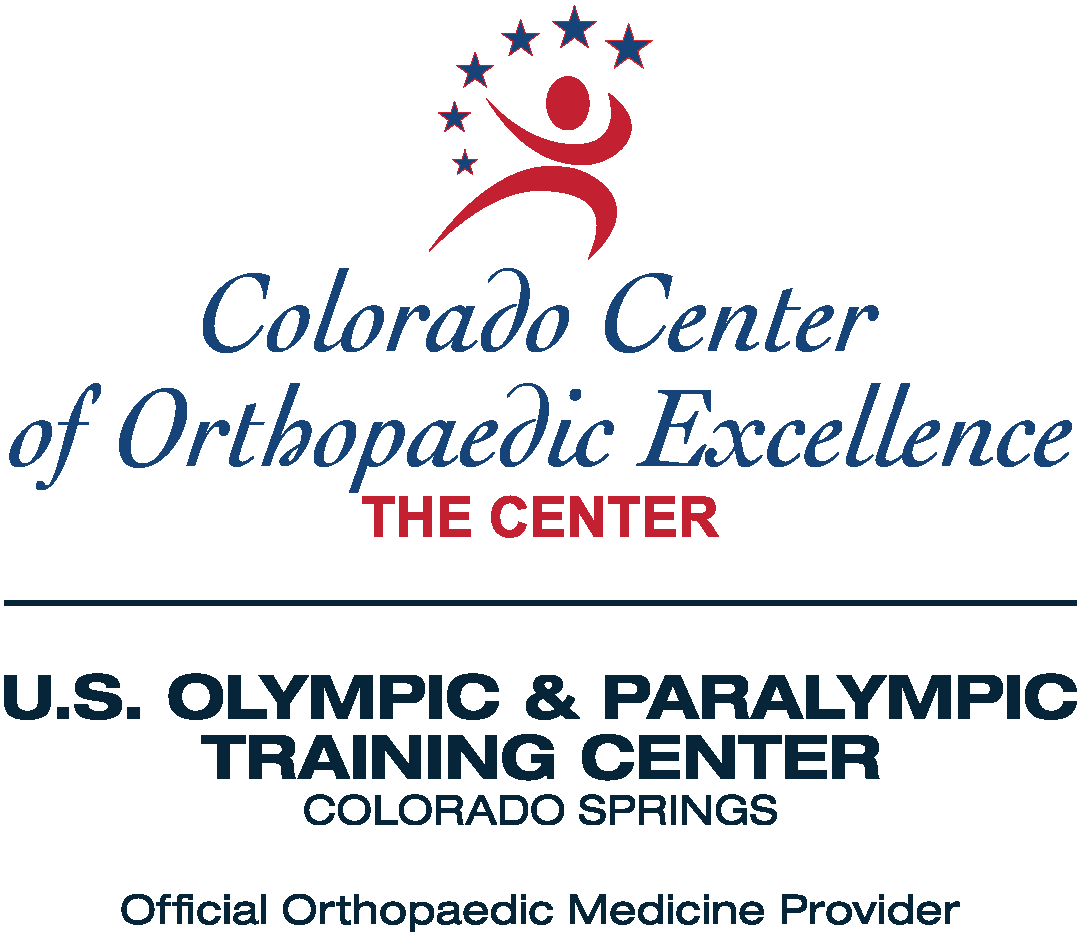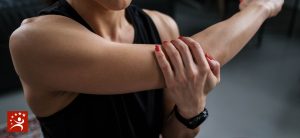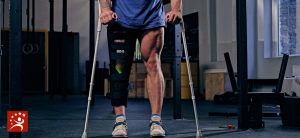Your ankle relies on your peroneal tendons for stability so when they are somehow injured, it creates a perfect storm for an unstable joint. At times, an injured peroneal tendon can heal with conservative treatments. Still, if left untreated, complications can develop that can have a negative impact on your life and your ability to get around. Peroneal tendon injuries need to be high on the differential diagnosis list of patients who are seen with persistent pain after an ankle injury. There are treatments that can help, especially when you get that help from the foot and ankle specialists at the Colorado Center of Orthopedic Excellence in Colorado Springs, Colorado. You can trust their experts to give you the best of care.
OVERVIEW
Peroneal tendon injuries refer to injuries involving the peroneal muscles and/or the peroneal nerves which are located in the lower leg on the outside of the calf expanding to the foot. Peroneal tendon injuries may be acute (occurring suddenly) or chronic (developing over a period of time). They most commonly occur in individuals who participate in sports that involve repetitive ankle motion. In addition, people with higher arches are at risk for developing peroneal tendon injuries. Basic types of peroneal tendon injuries are tendonitis, tears and subluxation (one or both tendons have slipped out of their normal position. Peroneal tendon injuries may occur suddenly or develop over time.
ABOUT PERONEAL TENDONS
To understand peroneal tendon injuries, it’s essential first to understand what the peroneal tendons do. A tendon is a cord of strong, flexible tissue, similar to a rope, often referred to as a “mechanical bridge” connecting muscles to bones. This allows the transmission of muscle strength to the bones and joints.
The peroneal tendons are two tendons that run side by side along the outside of the ankle behind the fibula bone. One attaches along the outermost part of the mid-foot. The other peroneal tendon travels under the foot and adheres to the arch. The purpose of tendons is to connect muscles to bones to allow for smooth movements. Together, they serve to move the foot inward and outward to help stabilize the ankle joint. Because the two peroneal tendons lie on top of each other, they create a lot of friction with movement, which often causes problems like tendonitis or tendon rupture.
WHAT ARE PERONEAL TENDON INJURIES?
Common peroneal injuries include:
- Peroneal tendonitis: inflammation of the tendons and the protective sheath surrounding them
- Tendinopathy: the presence of both a tendon tear and tendinitis
- Peroneal tendinosis: degenerative tears which usually affect peroneal tendons slowly, over a period of years
- Peroneal tendon tears: partial or complete tear of peroneal tendon
- Peroneal tendon subluxation/dislocation: peroneal tendons slip out of normal position
- Ankle sprains: the peroneal tendons can be injured, especially if the foot is forcefully turned inward
CAUSES
Overuse is the most common cause of peroneal tendon injuries. Other causes of peroneal tendon injuries are wearing unsupportive footwear, exercises that involve repeated ankle movement, trauma or anatomic abnormalities, and acute injury such as rolling the ankle, having high arches or tight calves. Peroneal tendon injuries are common in athletes such as runners, dancers, and soccer players due to repetitive ankle motion or improper or rapid increases in training.
SYMPTOMS
The symptoms of a peroneal tendon injury may vary somewhat, depending on the type and severity of the injury. Overall, symptoms can include pain, swelling, warmth to the touch, weakness, instability, increase in height of the arch, poor single leg balance on the affected side, a snapping sensation around the ankle bone, a popping sound at the time of the injury and thickened tendons, with a mass or nodule that moves with the tendon.
NON-SURGICAL TREATMENTS
- Staying off the affected foot and pausing strenuous exercise is imperative
- Alternating ice and heat to relieve pain and make movement easier
- A cast or splint to immobilize the foot and ankle
- Physical therapy
- Keeping ankle and foot elevated with a pillow when sitting or lying down
- Over-the-counter pain relievers such as ibuprofen or naproxen
- Anti-inflammatory injected pain relievers such as cortisone into the affected area
WHEN IS SURGERY INDICATED?
There are cases where peroneal tendon injuries require surgical intervention. Surgery may be recommended for failure of conservative management, complete tears or ruptures, recurrent instability, severe tenonitis or tendonosis, and accompanying ankle instability or ligament injury. Active subluxation of the tendons may also require surgery as this can lead to rupture without surgery.
GETTING THE RIGHT DIAGNOSIS. GETTING THE RIGHT DOCTOR.
Peroneal tendon injuries require treatment from surgeons who specialize in foot and ankle and who have extensive experience to ensure you are given the most up-to-date and personalized advice based on your specific circumstances. The skilled foot and ankle surgeons at the Colorado Center of Orthopedic Excellence in Colorado Springs, Colorado are involved in advanced research for tendon reconstruction and repair, making them experts in the latest treatment procedures. They consistently perform cutting-edge techniques to treat all types of peroneal tendon injuries surgically. Your exam will start with a detailed physical examination to assess your foot and ankle to determine the type of injury you have. X-rays will typically be normal, but ultrasound or MRIs can show an abnormal appearance or tear of the tendon and allow your doctor to look closely at all the soft tissues in the foot and ankle, including nerves, tendons, muscles, and ligaments. In every case, at CCOE, you will get not just the best surgeons, but the best overall care. Schedule an appointment if you are suffering from foot or ankle pain.









